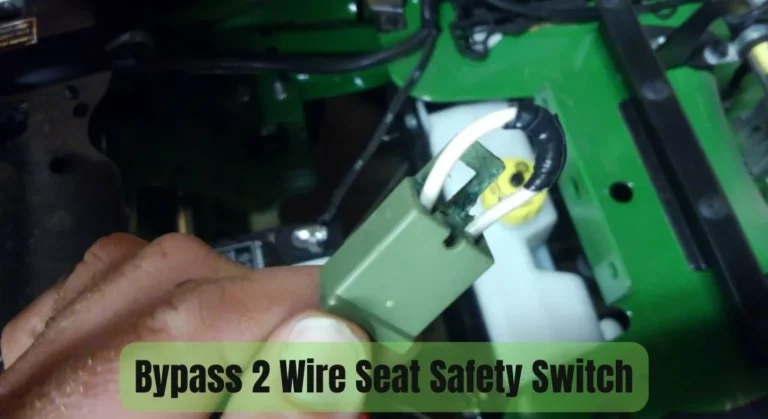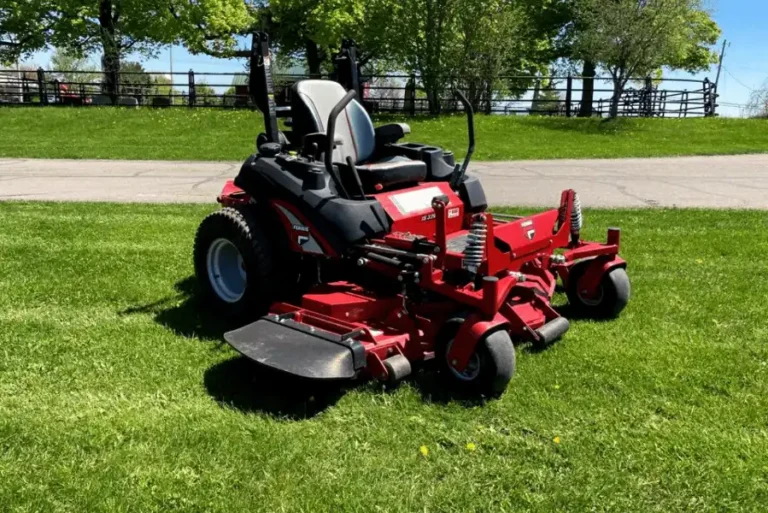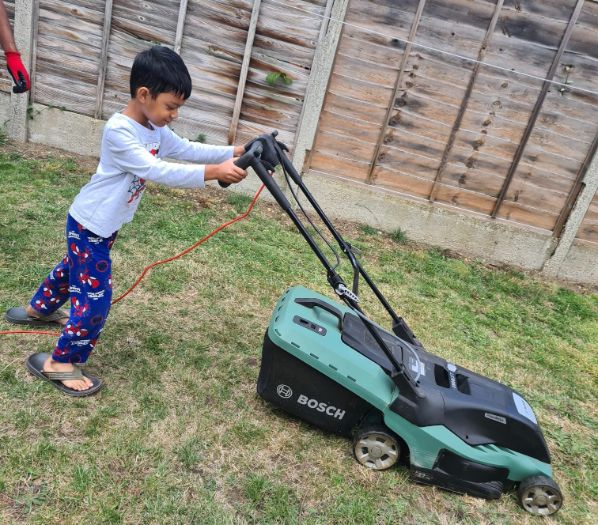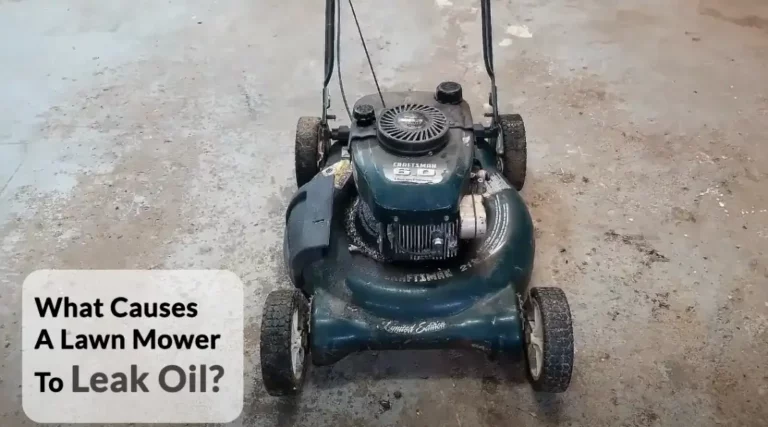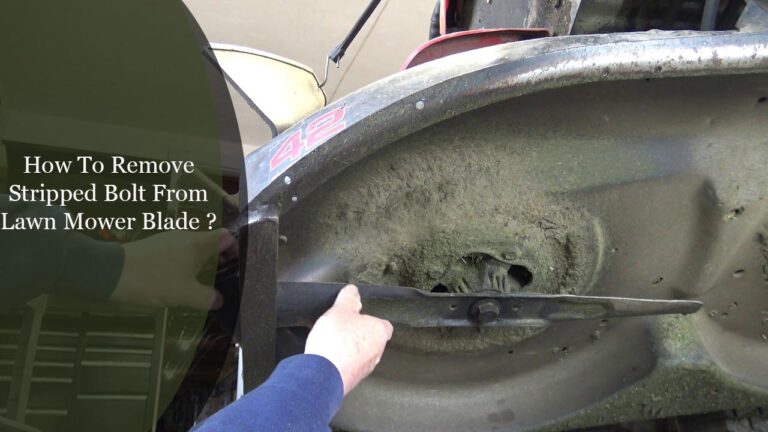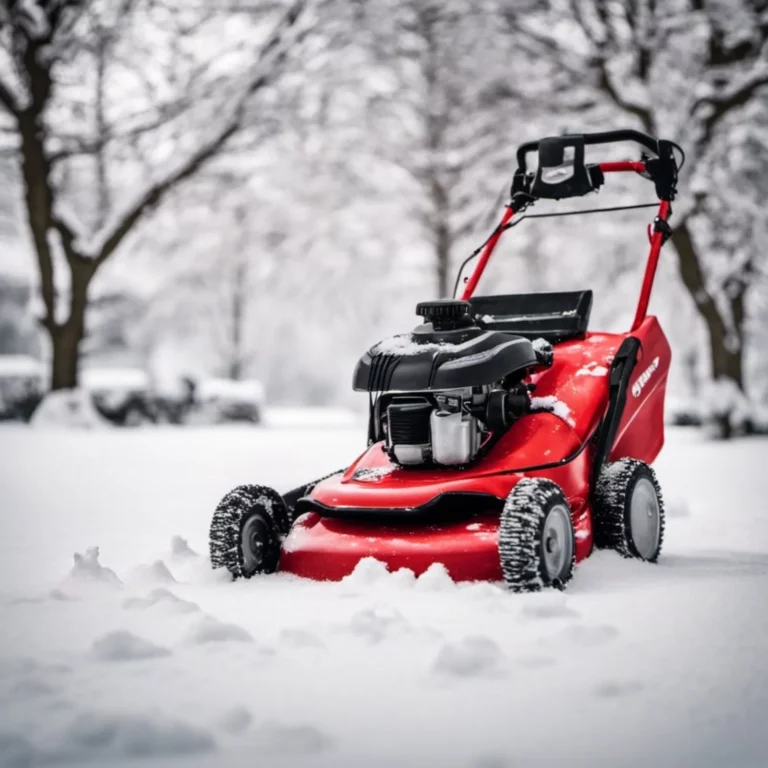A Comprehensive Guide on Gravely Drive Belt Diagram
Any lawn mower owner or mechanic looking to maximize the machine’s performance must comprehend the subtleties of the Gravely drive belt diagram. While driving across varied terrains, the drive belt assures smooth functioning.
Each of the parts that make up the Gravely drive belt system will be discussed in this extensive guide. The function and integration of each component, from the coiled hex belt through the pulleys and idler arms will be discoursed.
By the time you’re done, you’ll have a firm grasp of the Gravely drive belt diagram. You will also be better prepared to identify and fix any potential problems.
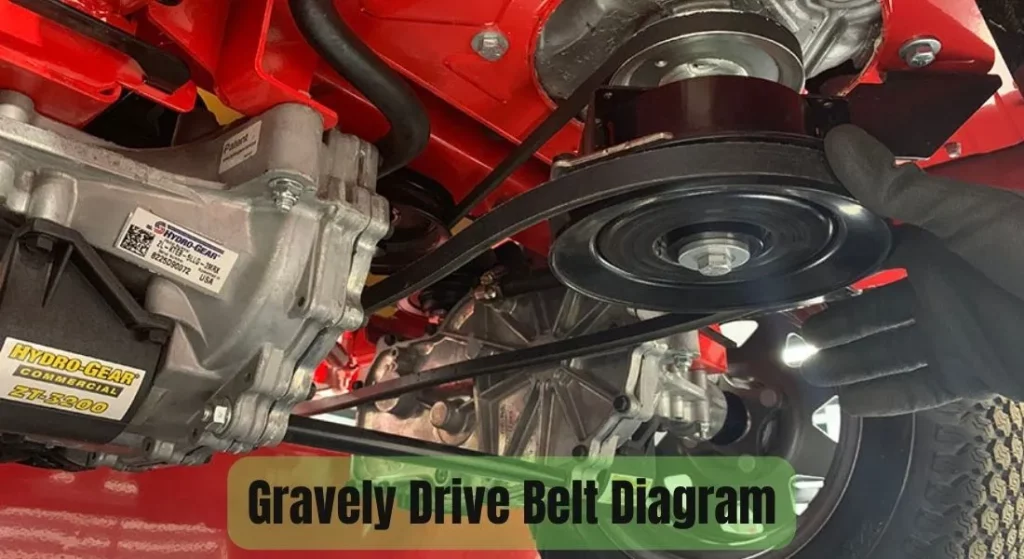
Location and Application of Important Gravely Drive Belt Diagram and Parts (Prices Included)
The drive belt of the Gravely lawn mower consists of many mechanical parts. All key parts will be explained down below including the price.

1. Wrapped Hex Belt
The pulleys are encircled by the wrapped hex belt (1). It joins the driving pulley on the engine to the pulley on the cutting blades. It creates a crucial loop for the flow of power.
The wrapped hex belt is in charge of transferring the engine’s rotating force to the cutting blades. The belt’s hold on the pulleys during engine rotation enables efficient power transfer. It costs $79.15.
2. Cogged V-Belt
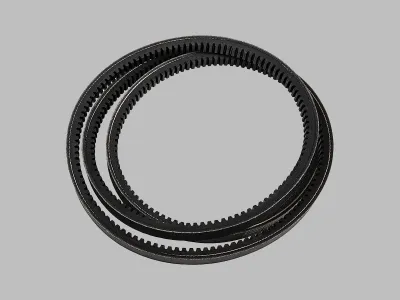
The wrapped hex belt is placed next to the cogged v-belt (2). It functions as an extra power transmission component and runs along the pulleys. It offers additional toughness and stability in the Gravely mower.
The cogged v-belt is made to work with demanding applications. It provides better power transfer and lowers the possibility of slippage. It improves overall performance by collaborating with the wrapped hex belt. It costs $51.65.
3. Bolts and Spacers
The drive belt system uses spacers (4) and bolts (3, 9, 13, 20, 24, 28, 31, 34, 36, 38) in a number of different places. It is mostly employed in the assembly of idler pivot arms, bearing pedestals, and pulleys.
Typically, they are fastened using nuts after being inserted via pre-drilled holes. Bolts and spacers support the structure and provide optimum part alignment and separation.
Additionally, it maintains ideal belt tension and reduces excessive friction. The bolts cost from $1.05 to $6.55 and the spacer costs $10.95.
4. Cap Idlers
Cap idlers (6) are normally placed close to the pulleys and drive belt assembly on the mower deck. They are made to support and guide the drive belt.
Gravely Cap idlers function as pulley-like parts that direct the drive belt and maintain its alignment and tension. It costs $14.25.
5. Idler Pivot Arms
The mower deck is equipped with idler pivot arms (7, 18, 32). They act as pivot points for the cap idlers and are attached to the bearing pedestals.
The cap idlers can move and alter their position in accordance with the tension of the drive belt through the idler pivot arms. They cost between $41.95 to $83.79.
6. Bearing Pedestal

There are bearing pedestals (8) set up on the Gravely mower deck. These act as supports for the cap idlers and idler pivot arms.
Typically, bolts and washers are used to fasten them to the Gravely deck structure. It costs $73.45.
7. Extension Springs
Extension springs (10, 29) are frequently found close to the idlers and arms. They are joined to the Gravely mower deck and other auxiliary components via this.
They maintain the drive belt’s appropriate engagement with the pulleys by exerting tension. They cost $32.95 or $25.25.
8. Pulleys
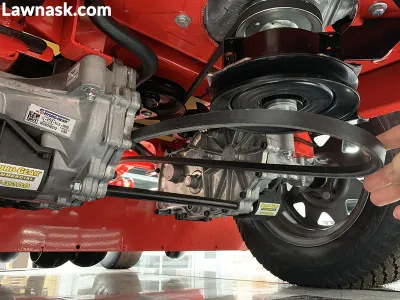
The engine’s driving shaft, the cutting blade shaft, and the course of the drive belt all have pulleys (22, 23, 35). These have a surface with grooves and rotate. The Gravely drive belt is supported and guided by the pulleys.
They are in charge of giving the belt something to cling onto. The size and arrangement of the pulleys can influence the blades’ speed and torque. They cost between $65.95 – $92.35.
9. Assembly PTO Idler
When the PTO is engaged, the Assembly PTO Idler (30) is in charge of maintaining drive belt tension. It’s close to where the PTO assembly is.
A pulley or roller mechanism, a bracket or arm, and a mounting location on the Gravely mower deck or frame make up the Assembly PTO Idler. The drive belt’s principal purpose is to be under pressure.
It maintains the drive belt’s appropriate tension and engagement with the PTO pulleys. Operators may fine-tune the tension of the Gravely drive belt by adjusting the assembly PTO idler. It costs $69.83.
10. Washers
In several places on the Gravely mower, washers(11, 14, 21, 27) are employed. These are used to transfer weight and offer a smooth surface for rotation between bolts, nuts, and other parts.
Washers serve as spacers, lowering friction and enabling the hardware to rotate smoothly. They cost between $0.50 to $3.91.
11. Nut Coupling
In most cases, pulleys, idler arms, and bearing pedestals are held in place by nut couplings (33). They offer a safe fastening mechanism when threaded onto bolts or shafts.
The parts of the Gravely drive belt system are kept firmly coupled thanks to nut couplings.
The parts are kept firmly in place by tightening the nut connection, preventing any inadvertent movement or disassembly throughout use. They cost $3.58.
Related Post: The 5 Main Differences Between Gravely Engines Vs Kawasaki
What are Some Common Problems of Damaged Gravely Drive Belt Components?
Here are some typical problems with the Gravely drive belt system’s parts:
- When operating, there is a screaming or squealing sound.
- Reduced cutting performance as a result of slippage or irregular power transmission.
- Belt detaching from the pulleys or realigning itself.
- Improper power transfer.
- Loose or missing bolts causing components to be out of alignment.
- Strange or rattling noises.
- Excessive belt screeching when turning on the PTO.
- Slack or uneven strain in the drive belt.
- Cap idlers that are too shaky or not rotating easily enough.
- Drive belt tension that is uneven or irregular.
- Sloppy or out of place bearing pedestals.
- Extension springs became longer or changed shape.
- Sliding of the drive belt.
- Tension issues with the assembly’s pro idler and drive belt.
- Lack of or loose nuts, which causes instability.
- Failure of the nut couplings owing to damage or stripping.
Related Post: How To Engage Blades On Gravely Zero Turn Mower?
Frequently Asked Questions – FAQs
How frequently should the Gravely wrapped hex belt be changed?
Every 100 hours of usage, the wrapped hex belt should be examined and changed.
What symptoms indicate that a Gravely bearing pedestal is worn out?
Excessive noise, vibration, or difficulties properly turning the idler arms.
When installing components for the Gravely mower, are washers required?
Yes, washers help to evenly distribute the weight and shield hardware like bolts from harm.
How to determine whether the Gravely assembly pro idler has to be adjusted?
Belt slippage or erratic tension during PTO engagement are signs that the assembly pro idler needs to be adjusted.
Related Posts:
- Step-by-Step Guide to the Belt Diagram for John Deere 54-Inch Mower Deck
- Craftsman 42 Inch Mower Deck Diagram: Exploring Locations and Components
- Craftsman 54 Inch Mower Deck Belt Diagram: Exploring Locations and Routing
- Step-by-Step Wiring Instructions: PTO Switch Wiring Diagram Explained
- Exploring the Briggs and Stratton Carburetor Diagram: A Comprehensive Guide

